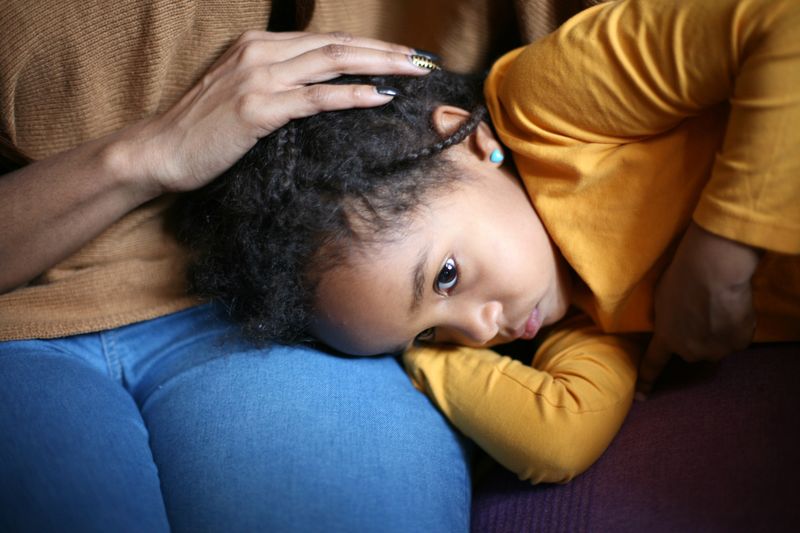Children often communicate their struggles in subtle ways, quietly signaling for help without uttering a word. Parents, driven by love and concern, may miss these silent cries amidst the noise of daily life. Recognizing these cues can be crucial in providing timely support and empathy to nurture a child’s emotional and psychological well-being. From changes in behavior to subtle shifts in mood, each sign is a whisper for attention, often overlooked in the hustle and bustle of family dynamics. Understanding these silent signals can significantly impact a child’s journey through challenging times.
1. Withdrawal from Activities

When a child who once loved playing soccer suddenly prefers solitude, it could be a signal of internal struggle. Often, they withdraw from activities they used to enjoy, choosing isolation instead. This retreat into their shell is not just about boredom, but a sign of underlying issues.
Parents might notice their child opting out of events or activities they once eagerly participated in. This behavioral shift can be a gentle alarm that something is amiss. Addressing this with understanding can help unveil deeper emotions needing attention.
2. Changes in Eating Habits

A sudden change in appetite can be more than a mere preference shift. If a child starts eating significantly more or less, it might indicate emotional distress.
Eating can become a coping mechanism or a reflection of how they’re feeling inside. It’s vital to observe these changes not just as a phase, but as potential indicators of struggle. Offering a supportive space to discuss feelings can encourage them to open up about what’s bothering them.
3. Sleep Pattern Alterations

Sleep is crucial for a child’s development, but changes in sleep patterns can quietly signal distress. Whether it’s insomnia, nightmares, or excessive sleeping, these alterations may point to deeper issues.
A child struggling with anxiety or stress might find it difficult to fall asleep, or they might use sleep as an escape. Observing these patterns can help parents understand their child’s silent cries for help. Consulting with professionals can also aid in addressing underlying problems.
4. Sudden Mood Swings

Mood swings are not uncommon, but when they occur abruptly and frequently, they might be more than just hormonal changes. Rapid shifts from happiness to sadness can indicate emotional turbulence.
A child experiencing these swings may need guidance to navigate their feelings. Parents should approach these changes with empathy and openness, encouraging conversations. Professional support can also provide strategies to cope with these fluctuations.
5. Decline in Academic Performance

When grades drop unexpectedly, it might not just be a lack of interest in school. Academic struggles can reflect a child’s emotional or mental state.
Missing assignments or a sudden decline in enthusiasm for schoolwork can signal distress. Recognizing this pattern allows parents to offer support and resources to help the child manage their challenges. Encouraging open dialogue about school pressures can make a significant impact.
6. Physical Complaints Without Clear Cause

Frequent complaints of headaches or stomachaches without medical cause can be a child’s way of expressing stress or anxiety. These physical symptoms often reflect emotional distress that they might not know how to verbalize.
Parents should be attentive and seek medical advice to rule out illnesses. However, understanding these complaints as possible signals of emotional struggles can guide parents in providing the necessary emotional support.

Well, hello there!
My name is Jennifer. Besides being an orthodontist, I am a mother to 3 playful boys. In this motherhood journey, I can say I will never know everything. That’s why I always strive to read a lot, and that’s why I started writing about all the smithereens I came across so that you can have everything in one place! Enjoy and stay positive; you’ve got this!

